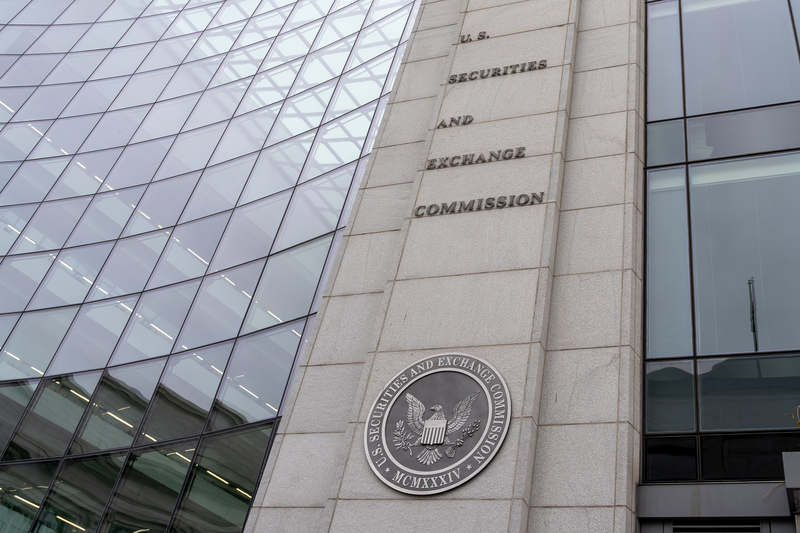The SEC published its Staff Report on Nationally Recognized Statistical Rating Organizations (NRSROs) last week. This legally mandated annual report summarizes any regulatory findings and actions connected to the NSROs, including their compliance with relevant laws and rules.
The report includes a NRSRO specific risk assessment, which determines the focus
Register for free to keep reading.
To continue reading this article and unlock full access to GRIP, register now. You’ll enjoy free access to all content until our subscription service launches in early 2026.
- Unlimited access to industry insights
- Stay on top of key rules and regulatory changes with our Rules Navigator
- Ad-free experience with no distractions
- Regular podcasts from trusted external experts
- Fresh compliance and regulatory content every day














